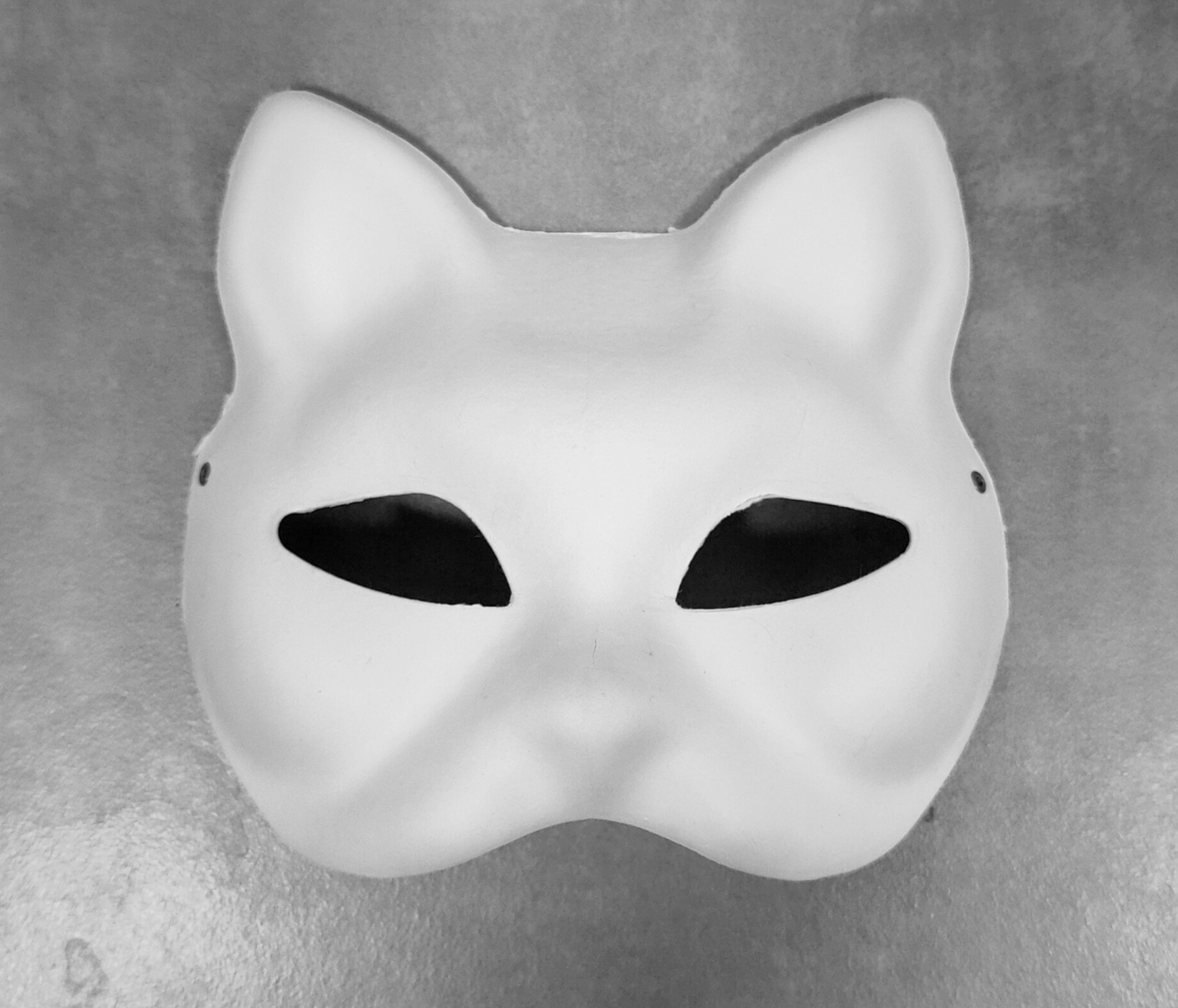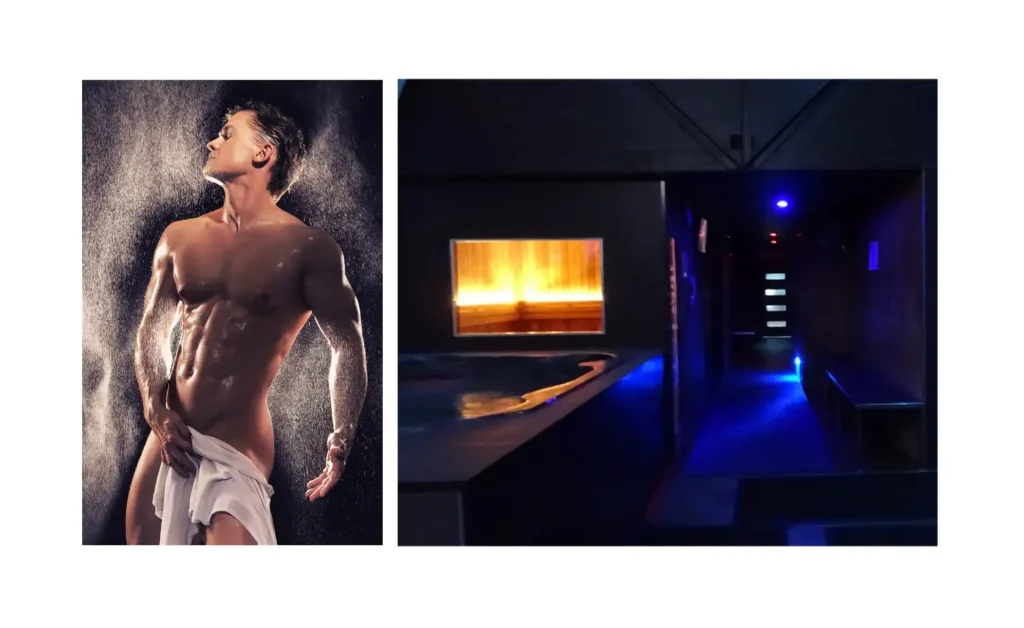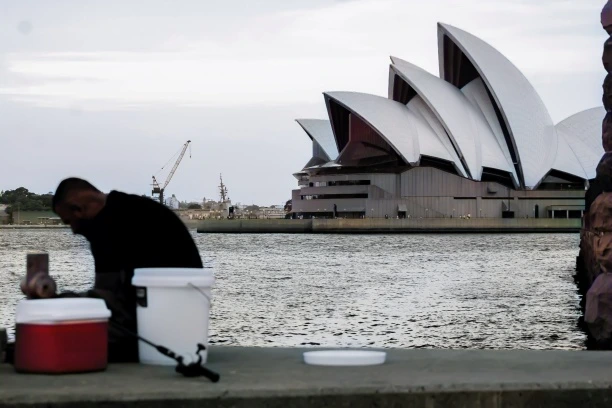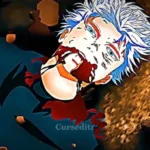Now Reading: What is a therian mask? Meaning and use in Australia
-
01
What is a therian mask? Meaning and use in Australia
What is a therian mask? Meaning and use in Australia

Representing a personal link to animal identity, therian masks have become more and more conspicuous symbols in the therianthropy society. Although still specialised, the culture around therian masks in Australia is gradually gaining popularity, particularly among younger people who want more profound self-expression. Therian masks are defined in this paper as well as their psychological underpinnings, manufacture, and Australian interaction with this unusual event.
What is Therianthropy?
Therianthropy is the belief or personal experience of identifying as a non-human animal on a psychological or spiritual basis. Those who identify this way are known as therians; they usually feel a close connection to a certain animal, their theriotype. This identity might affect their self-perception, social interactions, and even their behavioural or fashion expressions.
Therians do not necessarily think of themselves physically as animals. Rather, it is a personal, internal link—much like gender identity or spirituality. It’s also crucial to remember that this differs from the furry community, which emphasises more on anthropomorphic figures and costumes for enjoyment or performance.
What are Therian masks?
Animal-like masks called therian masks let people outwardly show their inner theriotype. These masks are often worn during personal rituals, outdoor walks, or what some refer to as shifting periods, when the wearer embraces their animal mentality; they are not just costumes but also profoundly symbolic identity instruments.
Therian masks are quite personal, unlike Halloween masks or cosplay clothing. Whether the theriotype is a wolf, fox, tiger, or bird, they usually reflect the particular traits of the user. Made of materials such as faux fur, EVA foam, resin, or mesh, the masks guarantee comfort, breathability, and durability.
Australia’s expanding therian community
Particularly via social media channels such as TikTok, Instagram, and Reddit, Australia has experienced increased exposure to niche subcultures, including therianthropy. Although the therian community in Australia is smaller than in nations like the United States, it is expanding consistently and becoming more linked.
Among Australian therians, key trends are:
- Posting on social media “therian gear” (masks, tails, paws).
- Practicing quadrobics—animal-inspired motions—in parks and outdoor settings
- Ordering bespoke masks from local or foreign artists
- Creating online support groups to exchange experiences and seek solidarity
Cities such as Melbourne, Sydney, and Brisbane have growing populations where therians interact, help one another, and participate in casual events.
Where to buy or create a therian mask in Australia
Making a therian mask can be quite personal. While some Australians use websites such as Etsy to order unique items that align with their identity, others utilise online guides to craft their own masks.
Should you wish to purchase or create a therian mask in Australia, consider the following choices:
- Etsy Australia—Many stores sell bespoke furry and therian masks. To save expenses, search for merchants with local shipping choices.
- Therian mask commissions—Some Australian artists provide Therian mask commissions on Instagram or Tiktok.
- DIY crafting—Many therians take pleasure in the do-it-yourself approach to creating their own equipment. Stores like Spotlight or Lincraft have many readily available materials, including hot glue guns, artificial fur, and foam.
Especially if you plan to use a mask for movement sports like quadrobics, make sure it is breathable, lightweight, and sized for comfort.
Emotional and psychological advantages
For many Australians, donning a therian mask is more than simply dress-up; it can be a grounding tool and an emotional release. It lets people reconnect with their instincts, express themselves in ways that words cannot, and confidently negotiate their identity.
Especially for those with anxiety, dysphoria, or trauma, therian masks could have therapeutic uses as well. Shifting into an animal mentality might offer relief, happiness, or a short escape from pressure situations.
Public opinions and misunderstandings
Therianthropy is still mostly misunderstood in Australia. Some outsiders confuse it with fantasy roleplay, furry culture, or cosplay. This has caused some online scorn or stigma.
But with knowledge comes respect for the psychological origins of therian identity. Through YouTube videos, blog articles, and Q&A-style TikToks, many Australian therians are striving to inform others about their group.
Important distinctions to remember:
- Therians have a profound identity with their animal, not only interest.
- Therian masks are not only costumes; they are manifestations of the inner self.
- Welcoming all backgrounds and age groups, the community is varied and inclusive.
Advice for Australian teachers and parents
Should a young person in your life declare themselves a therian or show interest in therian masks, it is crucial to react with empathy and openness. This identity is often associated with mental health, emotional development, and self-discovery.
Here are some ideas for encouraging involvement:
- Enquire unjustified
- Study therianthropy using reliable resources.
- If preferred, promote private and safe usage of equipment.
- Realise that this is not fiction or “a phase.”
Conclusion
In Australia, therian masks are a rising statement of personal freedom, psychological identity, and link to the natural world rather than a fad. Australian society is gradually accepting this particular kind of self-expression as the therian community develops.



























